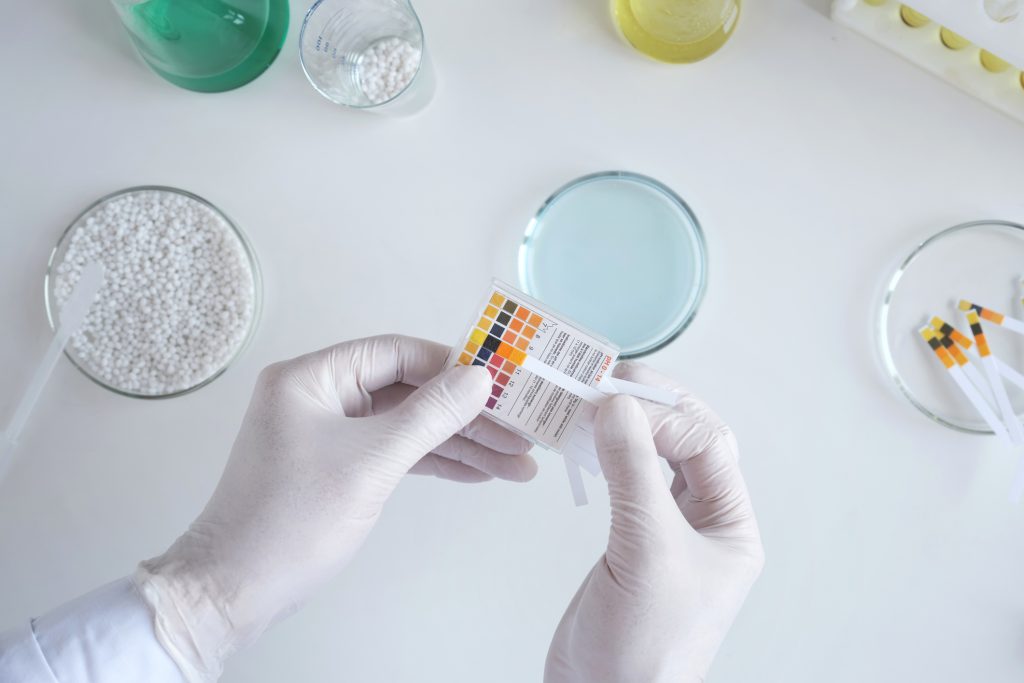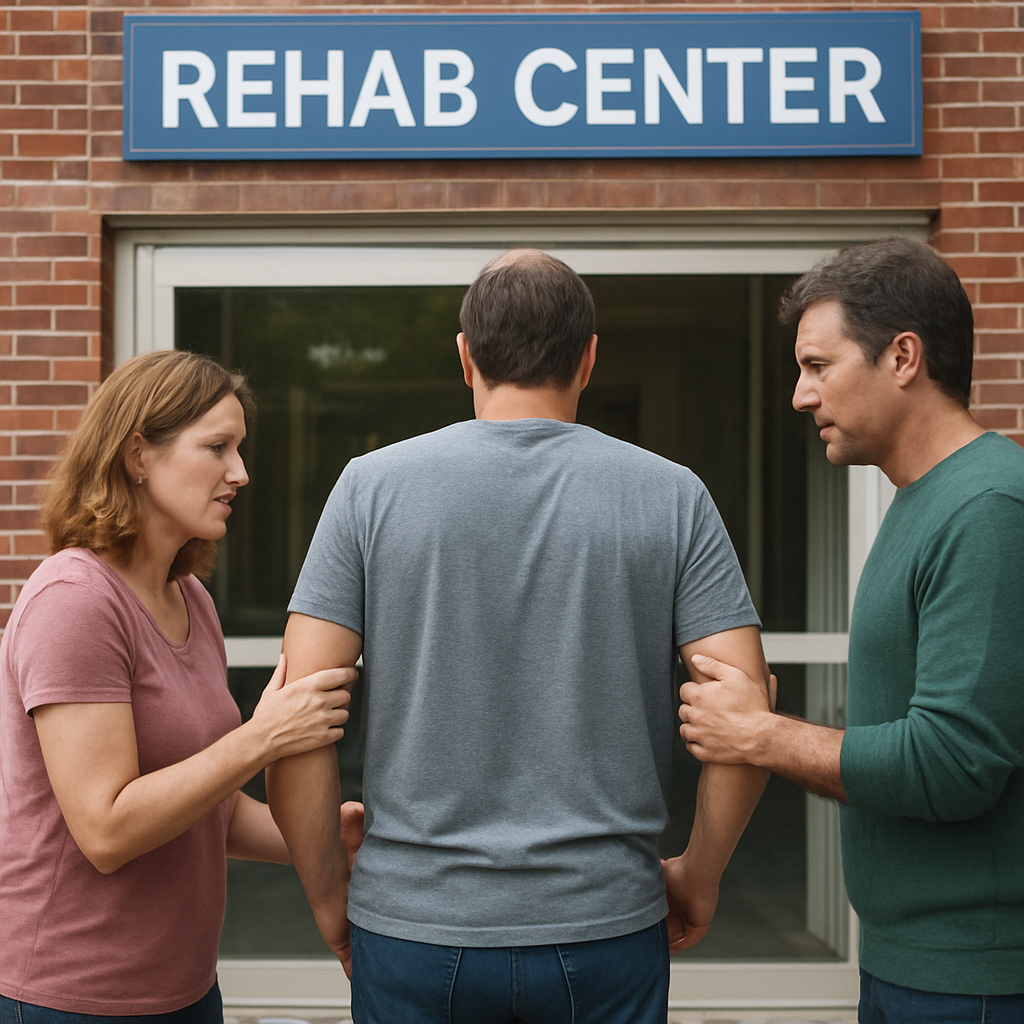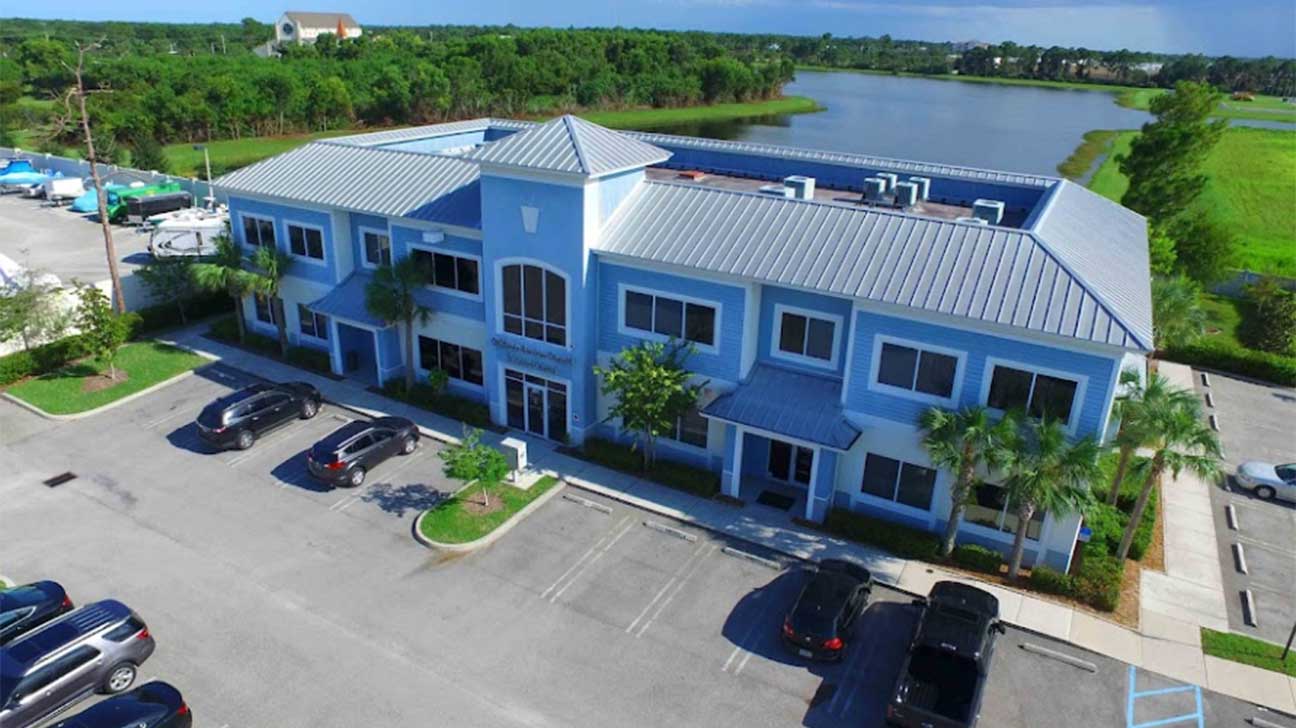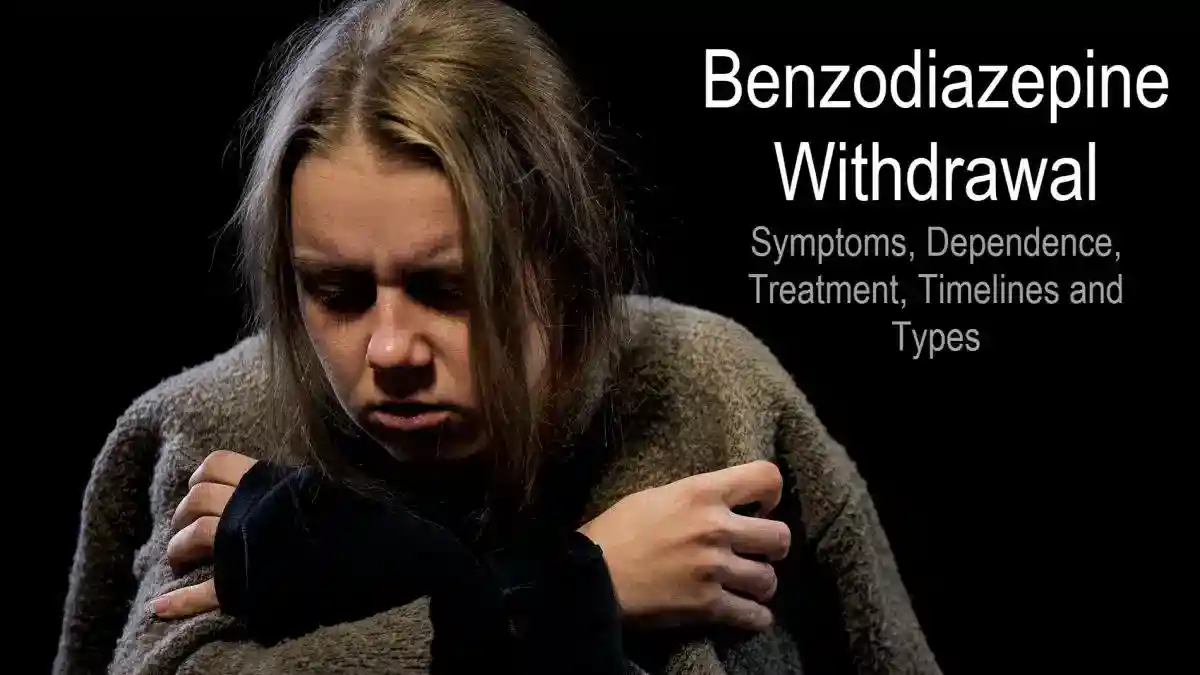
Harm prevention focuses on reducing the dangers of substance use. In this article, we explore essential tools and strategies like fentanyl test strips and naloxone kits. Learn how these measures can save lives and improve health.
Key Takeaways
- Harm reduction focuses on engaging people using drugs compassionately to minimize negative impacts instead of enforcing abstinence.
- Fentanyl test strips and naloxone kits are essential tools in preventing overdose, and making these widely accessible can save lives.
- Community-based programs and education play a crucial role in addressing substance use, reducing stigma, and improving overall health outcomes.
Understanding Harm Prevention in Substance Use
Harm reduction is a practical approach that combines community-driven public health strategies to empower individuals using drugs, focusing on living healthy and self-directed lives. Meeting people where they are, without judgment, and offering the tools and resources necessary for safety is key. This philosophy prioritizes kindness and autonomy, offering numerous opportunities for engagement between service providers and drug users.
The core of harm reduction is direct engagement with people who use drugs, aiming to prevent overdose, improve overall well-being, and facilitate access to healthcare services. This approach acknowledges the reality of substance use and seeks to minimize its negative impacts rather than insisting on abstinence. By centering the lived experiences of individuals using drugs, harm reduction ensures their voices are crucial in planning and delivering services.
Ultimately, harm reduction is about reducing the adverse effects associated with substance use. This compassionate, evidence-based approach respects individuals’ rights and dignity while providing practical solutions to mitigate drug use risks and harms.
Find Hope and Healing: Call Us Now!
Take the first step towards a brighter future! If you or a loved one is seeking support for substance abuse, we are here to help. Call us today and let our dedicated team guide you to the right treatment options. Your path to recovery starts now!
- Connect with an expert addiction specialist 24/7/365
- Learn about treatment costs
- Arrange fast access to a treatment program
Request a Call
OR
Make a Call
Fentanyl Test Strips: A Key Tool for Harm Prevention

Fentanyl test strips (FTS) are a low-cost, effective harm reduction tool designed to detect the presence of fentanyl in drugs. Using these strips is simple: mix a small sample of the drug with water, immerse the strip, and read the results after a few minutes. This quick test can be a lifesaver, especially given the rise of fentanyl-laced substances.
Anyone who uses drugs is highly encouraged to carry and use fentanyl test strips. Testing drugs before consumption can reduce the risk of overdose and provide immediate results, enabling informed safety decisions. A positive test result indicates the presence of fentanyl, and the safest course of action is to discard the batch.
However, understanding the limitations of fentanyl test strips is crucial. They cannot distinguish between fentanyl and its analogs, nor can they quantify the levels of fentanyl present. Despite these limitations, fentanyl test strips remain a vital life-saving tool in harm reduction.
Naloxone Kits and Distribution Programs
Naloxone, a life-saving medication, effectively counters opioid overdose by blocking brain opioid receptors. This medication is crucial for those at risk of overdose and has become more accessible through pharmacy dispensing in nearly every state to help prevent overdose deaths.
Innovative distribution methods, such as vending machines and NaloxBoxes, have been introduced to increase public access to naloxone. The FDA’s classification of nasal spray naloxone as an over-the-counter medication has also made it more readily available. States with naloxone access laws have experienced lower rates of fatal opioid overdoses, highlighting the importance of making this medication widely accessible.
Successful naloxone distribution programs, like those initiated by the Chicago Recovery Alliance, set a precedent for effective harm reduction efforts. Many syringe service programs (SSPs) provide overdose prevention education and distribute naloxone, helping to reverse overdoses and save lives. Implementing overdose education programs alongside naloxone distribution can significantly lower fatality rates.
Administering naloxone is straightforward, with training taking about five minutes, making it easy for community members to learn and potentially save lives.
Safe Consumption Spaces
For over three decades, safe consumption spaces (SCS) have operated in around 100 global locations, effectively reducing overdose deaths and disease transmission. These spaces provide a controlled environment where individuals can use drugs under the supervision of trained staff, ensuring immediate assistance in case of an overdose.
Establishing safe consumption spaces has proven to be both a life-saving and financially prudent measure. These spaces save taxpayers significant amounts of money through reduced healthcare costs and crime. Additionally, SCS contribute to less public drug use and fewer discarded needles in surrounding communities.
Studies indicate that safe consumption spaces have a neutral or positive impact on local crime rates and encourage participants to seek detox and treatment options. By providing a safe and supportive environment, these spaces play a crucial role in the broader harm reduction strategy.
Find Hope and Healing: Call Us Now!
Take the first step towards a brighter future! If you or a loved one is seeking support for substance abuse, we are here to help. Call us today and let our dedicated team guide you to the right treatment options. Your path to recovery starts now!
- Connect with an expert addiction specialist 24/7/365
- Learn about treatment costs
- Arrange fast access to a treatment program
Request a Call
OR
Make a Call
Syringe Exchange Programs
Syringe services programs (SSPs) are a cornerstone of harm reduction, providing sterile syringes to prevent the transmission of HIV and hepatitis C among drug users. Research indicates that comprehensive SSPs are associated with a 50% decrease in new HIV and HCV infections. These programs are not just about exchanging needles; they are about saving lives and improving public health.
Participants in SSPs are significantly more likely to enter drug treatment and reduce their substance use. Providing a safe space for individuals to access sterile supplies and safe injection kits, SSPs reduce the risk of infectious diseases during drug use.
SSPs’ benefits extend beyond individual health. These programs also enhance public safety by ensuring the safe disposal of used syringes, reducing the number of discarded needles in communities. This dual benefit makes SSPs a vital component of harm reduction services.
Education and Training for Harm Prevention
Education and training are vital for harm prevention, connecting individuals to treatment options and reducing the stigma associated with substance use disorders. Training for providers of medications for opioid use disorders occurs across healthcare, social services, and prevention programs, enhancing the effectiveness of treatment.
The Substance Abuse and Mental Health Services Administration (SAMHSA) offers a variety of harm reduction resources aimed at enhancing evidence-based treatment for substance use disorders. Research indicates that enhancing harm reduction education can shift substance use treatment paradigms away from strict abstinence towards more inclusive practices.
Open discussions around harm reduction and overdose prevention foster acceptance and reduce judgment in treatment settings. Promoting these discussions can encourage others to seek help and challenge negative stereotypes surrounding mental health and substance use disorders.
Federal Funding and Grants for Harm Reduction Services
Federal funding plays a pivotal role in supporting harm reduction services. The federal government has distributed a total of $30 million in grants to support these services, demonstrating a significant commitment to harm prevention. In early 2023, the National Council for Mental Wellbeing awarded funding for pilot projects that integrate harm reduction strategies with public safety initiatives.
Eight selected sites received individual grants of up to $81,250 to implement harm reduction-public safety collaborations starting in February 2023. The funding awarded by the CDC for harm reduction initiatives amounted to a total of $1,000,000. These grants can be used to purchase fentanyl test strips as part of harm reduction efforts.
Federal funds and grants underscore the importance of harm reduction programs, ensuring these vital services reach those in need.
Community-Based Harm Reduction Programs
Community-based harm reduction programs benefit the entire community by minimizing the risks associated with substance use. The most effective naloxone distribution targets individuals who use drugs, as they are likely to witness an overdose. Programs that prioritize naloxone distribution to recently incarcerated individuals are also vital, as this group is at high risk for overdose.
Co-locating treatment services with harm reduction programs enhances access to necessary healthcare for users. Building trust and consistent support among harm reduction providers can encourage individuals to seek help. Involving individuals with lived experiences in program design and evaluation contributes to the relevance and impact of harm reduction services.
Regular outreach and relationship-building within the community are crucial for effective harm reduction programs. Community partnerships can amplify the resources and effectiveness of harm reduction initiatives.
Addressing Stigma and Mental Health in Harm Prevention
Effective harm reduction initiatives build trust by being consistent and reliable in their support. Trauma-informed care is essential to the organizational structure of successful harm reduction programs. Negative perceptions of mental health can lead individuals to avoid seeking necessary treatment.
Stigmatization can result in social isolation, making recovery and support more challenging for those with mental health conditions. Joining support groups can help individuals with mental health issues feel less isolated and more understood. Addressing stigma and promoting mental health are crucial components of harm prevention.
Steps to Reduce Overdose Risk
Harm reduction education is crucial for increasing engagement and access to overdose prevention tools, particularly among women facing stigma and structural barriers. Women with opioid use disorder are often unaware of harm reduction tools like naloxone, limiting their effectiveness in overdose prevention. Fentanyl test strips help individuals detect fentanyl in drugs and mitigate overdose risk.
Prioritizing safety for yourself and those around you is vital. Keeping everyone safe should be of utmost importance. Effective harm reduction practices lower overdose deaths and help reduce overdose deaths and the spread of infectious diseases among drug users. By being informed and prepared, we can significantly reduce the risks associated with substance use.
Summary
Recap the strategies and tools discussed in the article, emphasizing the importance of community support and harm reduction. Highlight the role of federal funding, education, and community-based programs in making a difference. End with a call to action, encouraging readers to support harm reduction initiatives in their communities.
Find Hope and Healing: Call Us Now!
Take the first step towards a brighter future! If you or a loved one is seeking support for substance abuse, we are here to help. Call us today and let our dedicated team guide you to the right treatment options. Your path to recovery starts now!
- Connect with an expert addiction specialist 24/7/365
- Learn about treatment costs
- Arrange fast access to a treatment program
Request a Call
OR
Make a Call
Frequently Asked Questions
What are fentanyl test strips and how do they work?
Fentanyl test strips are an affordable way to check for fentanyl in drugs. Just mix a bit of the substance with water, dip the strip in, and you’ll see results in just a few minutes.
How does naloxone reverse an opioid overdose?
Naloxone works wonders for opioid overdose by blocking those pesky opioid receptors in the brain, helping to restore normal breathing right away. It’s a lifesaver!
What are safe consumption spaces?
Safe consumption spaces are supervised areas where people can use drugs safely, helping to prevent overdoses and the spread of diseases. They’re all about harm reduction and keeping users safe.
Why are syringe exchange programs important?
Syringe exchange programs are super important because they help stop the spread of HIV and hepatitis C by giving out clean needles, plus they motivate users to seek treatment. These programs not only save lives but also promote healthier communities.
How can we reduce the stigma associated with mental health and substance use disorders?
We can tackle stigma by having open conversations about mental health and substance use and by supporting those with lived experiences through community programs and support groups. Let’s create a culture of understanding and compassion!
Our helpline is 100%
free & confidential
If you or someone you care about is struggling with drug or alcohol addiction, we can help you explore your recovery options. Don’t face this challenge alone—seek support from us.
Programs
Resources
Will my insurance
cover addiction
treatment?
We're ready to help
Find the best
drug or alcohol treatment
center
Are you or a loved one struggling with addiction? Call today to speak to a treatment expert.












